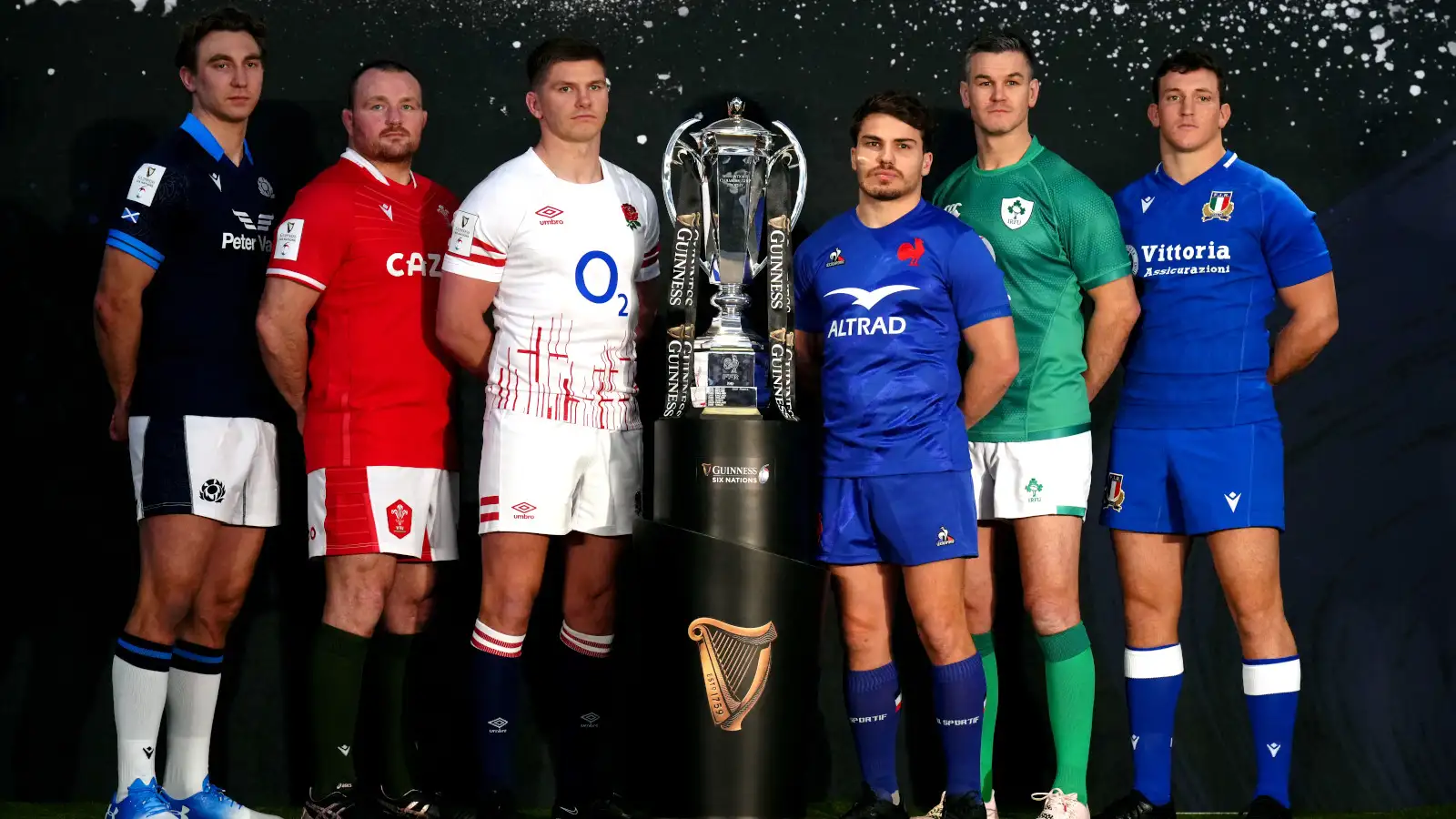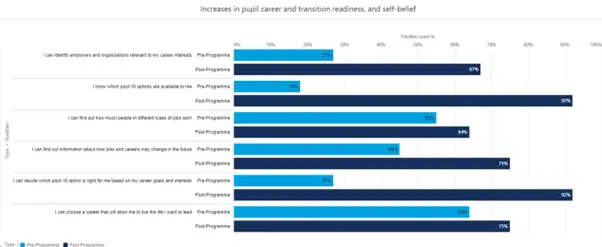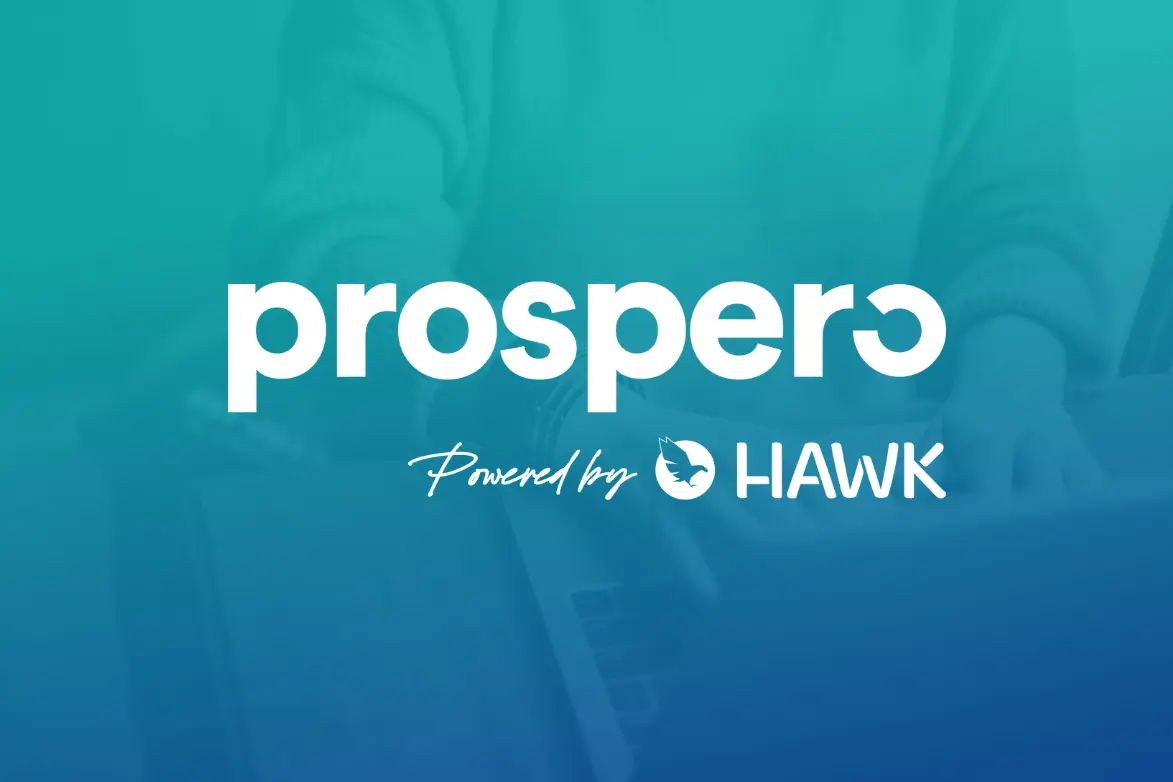
As part of their £460 million deal in 2022, in the UK, the broadcasting rights for the Six Nations 2024 are being shared between the BBC and ITV, whereby as part of the deal, BBC would televise home matches for Wales and Scotland while ITV would broadcast home matches for England, Ireland, France, and Italy. Additionally, ITV would act as the host broadcaster for England’s home games at Twickenham Stadium.
The Rugby World Cup, like all major sporting tournaments that air across the UK, represents an established and reliable home for advertisers to get their brand message in front of millions. So far, 3.1 million individuals on average have tuned into each game of the Six Nations. Viewership is comprised of a diverse range of key demographics including young adults, sports fans, and affluent audiences alike.
This year’s edition averaged 3.4 million concurrent viewers for each game, with England vs. Ireland peaking at 4.5 million individual impacts. Brands aligning themselves with the tournament not only gain access to the millions of eyeballs tuning in but also benefit from the brand rub that is synonymous with appearances around “premium content” live events. Advertisers can target specific viewers and even become sponsors (like Guinness) for deeper product integration with the event. The massive viewership translates to high brand awareness and potentially increased short-term sales.
However, this comes at a steep price. Competition is fierce for ad space, requiring a strategic and calculated campaign approach. Additionally, the traditional TV audience, especially younger demographics, is steadily shrinking but the opportunity presented in the Rugby World Cup opens up an avenue for brands to still explore this market. While measuring the direct impact of TV ads on sales can also be difficult and the benefits might not be immediate, the uplift in brand awareness is priceless.
In conclusion, buying linear TV airtime during the Six Nations offers high visibility with an engaged and varied audience. However, the high cost, fierce competition, and declining viewership necessitate careful consideration before committing.













Recent Comments